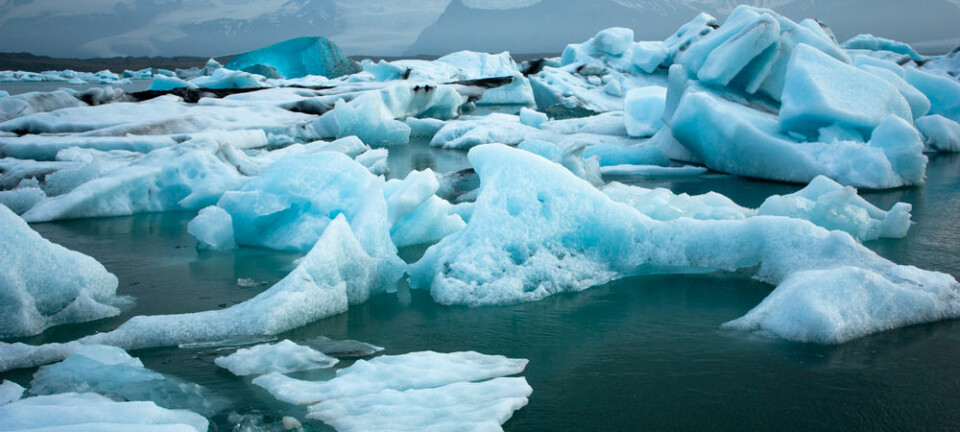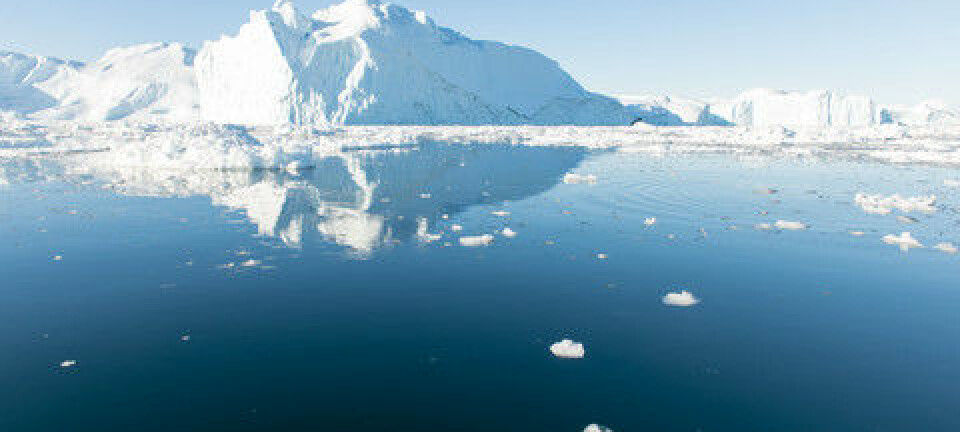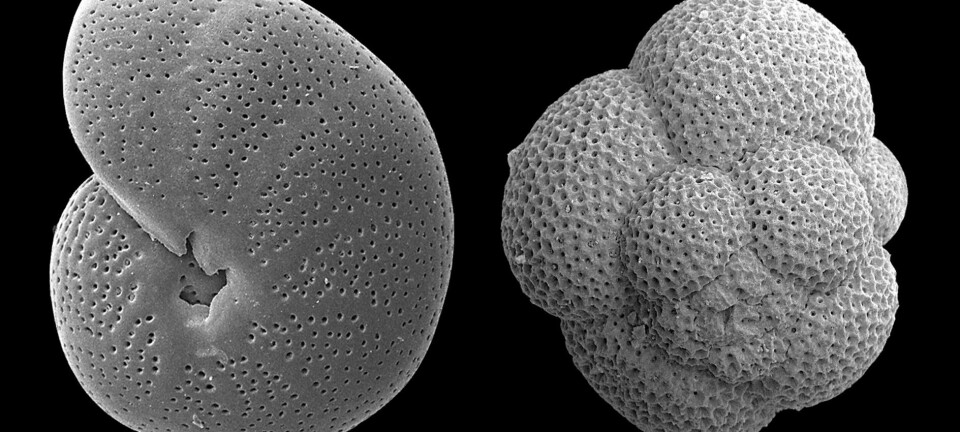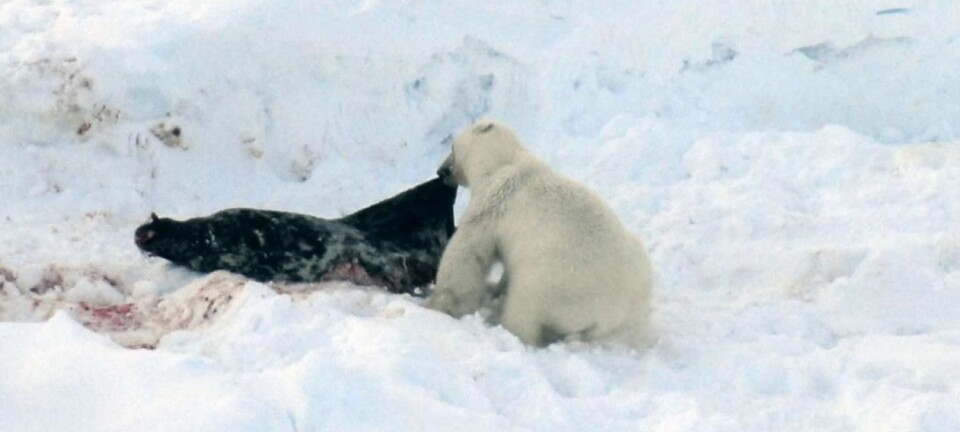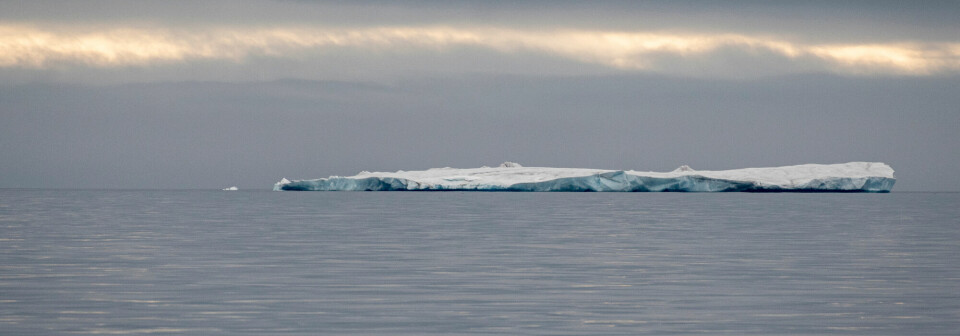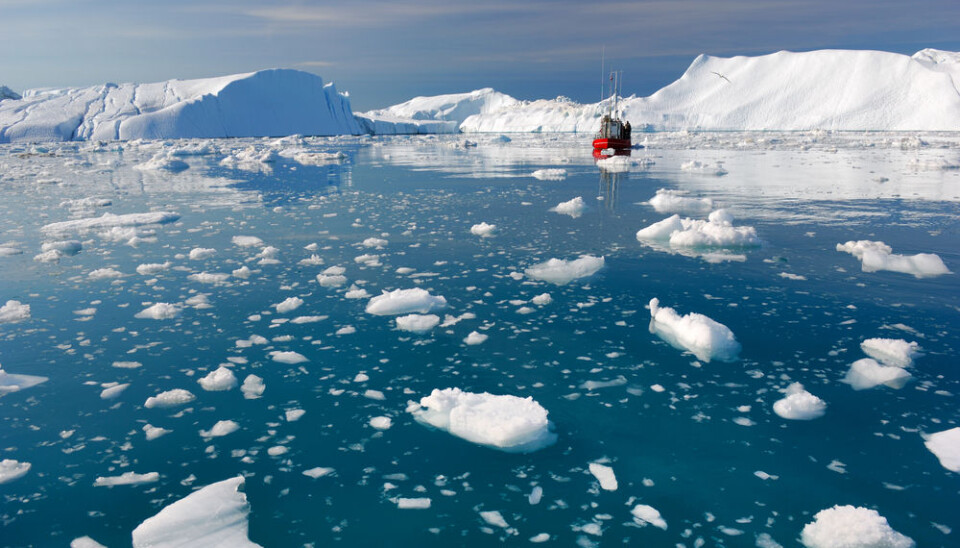
Sea levels could be rising faster than we think
Global warming is preventing the Greenland ice sheet from soaking up as much melt water as it perhaps once did, which could cause sea levels to rise even faster.
The Greenland ice sheet might not be retaining as much water as scientists previously thought.
This means more melt water flows into the ocean, where it contributes to global sea level rise.
New research from the Geological Survey of Denmark and Greenland (GEUS) shows that global warming has created layers of ice within the ice sheet, which act as a barrier to prevent snowmelt from penetrating deeper into the ice sheet.
"After very hot periods, like the ones we had in 2009 and 2010, layers of ice are created within the ice cap. These layers [prevent] the lower part of the ice sheet from absorbing melting water,” says co-author Professor Jason Box from the Geological Survey of Denmark and Greenland (GEUS).
“In the area that we studied, we have only three metres of snow to collect melt water instead of 40 metres. This means that more melt water ends up in the sea, which is an unpleasant surprise, and will probably mean that estimates of future sea level should be adjusted upwards," he says.
The new results are published in the scientific journal Nature Climate Change.
Sea level estimates need to be corrected
Shfaqat Abbas Khan also studies the Greenland ice sheet at the Institute for Space Research and Technology at the Technical University of Denmark. He was not involved in the new study, but he describes the results as interesting.
He says the new research illuminates a previously overlooked effect of global warming.
"It’s important research that shows that there are some effects of climate change, which we haven’t previously taken into account,” says Khan.
“We’re going to see more of this in the future when the climate warms. The new results mean that we’ll have to rectify our current estimates of future global sea level rise," he says.
Ice-barrier forms in summer
The Greenland ice sheet follows seasonal cycles. In winter, snow falls and forms new layers of snow on top of the ice sheet. Come summer, some of this snow melts.
Like a sponge, the layers of snow that sit on top of the ice sheet soak up this melt water as it infiltrates down and fills up any air pockets. Only when all of these pockets of air are full, does the melt water flow over the surface and into the sea, where it can then contribute to global sea level rise.
Scientists thought that these 40-metre deep snow deposits could hold most of the melt water. But the new results suggest that this is not the case.
In some places, layers of frozen water near the surface of the snow act as barriers to prevent melt water from penetrating any deeper than a few metres.
These ice layers are formed during particularly warm summers where snowmelt is so excessive that the melt water pools at the surface. It freezes the following winter, forming an effective barrier to future snowmelt.
"The question is: how extensive is this problem and how much does it influence the mass balance of the entire ice sheet and contribute to sea level rise? This is the next goal of the research," said co-author and senior scientist Horst Machguth from the University of Zürich, Switzerland.
Scientists: Never seen anything like it before
In 2009, the scientists started collecting ice cores from southeast Greenland, which allowed them to see how the structure of the snow has changed over time.
One feature that stood out was a six-meter-thick layer of ice located three meters below the surface of the snow that now acts as a barrier to infiltrating melt water.
The ice layer is slowly buried as fresh snow forms on top each year.
"Right now, a layer of snow has been established on top of this layer of ice. This new layer of snow has recreated some of the ice sheet’s ability to absorb melt again,” says Box.
But just a single warm year is enough to form a new ice layer or barrier, which would once again reduce the ice sheets ability to absorb melt water, he says.
Many of the scientists behind the new study, including glaciologist Dirk van As from GEUS, report that they have never seen anything like this before in Greenland.
"We discovered it for the first time in 2012, when major rivers of melt water suddenly formed on top of the ice cap,” says van As.
“This allowed us to see that the melt water could no longer penetrate into the ice, as it once did, but instead it ran straight into the sea,” he says.
Van As suggests that such phenomena could be more frequent in the future, adding, “it’s a direct effect of climate change.”
-------------------
Read the Danish version of this story on Videnskab.dk
Translated by: Catherine Jex

